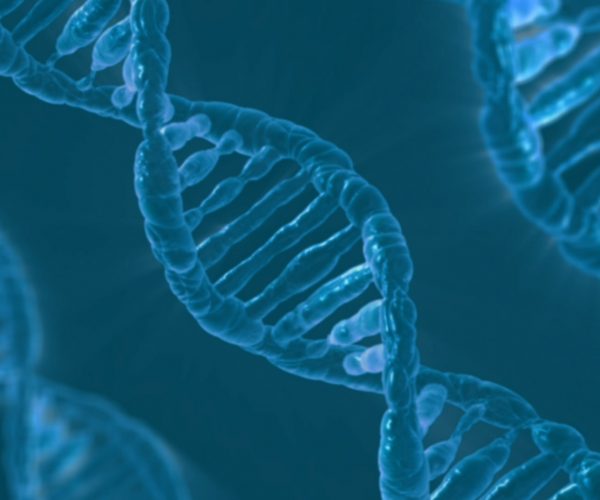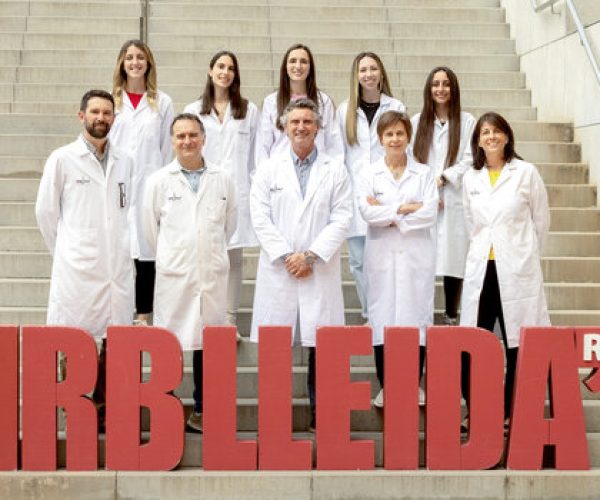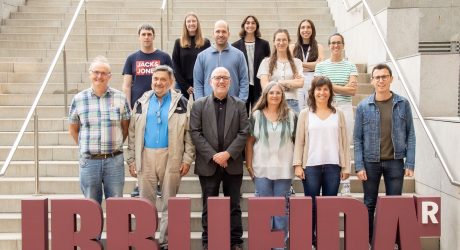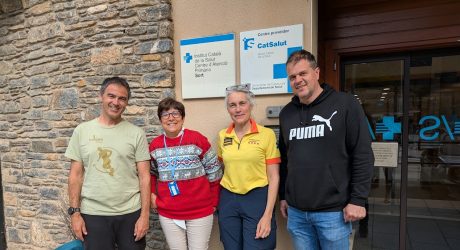Deciphering the pathways of cell death by iron accumulation key to advancing research into Friedreich’s ataxia
The Lleida-based research group Biochemistry of Oxidative Stress is leading a study to determine the onset of the effects on the cells of people suffering from this disease
Friedreich’s ataxia (FA) is a minority neuro-cardiodegenerative disease caused by the deficiency of a protein called frataxin that affects about 15,000 people worldwide.
For years, the Biochemistry of Oxidative Stress group at the Institute for Research in Biomedicine of Lleida (IRBLleida)/University of Lleida (UdL) has developed a line of research on this disease for which there are still many doubts about the function of frataxin and, therefore, about the progression of the disease. Recently, thanks to a study carried out in Lleida with an animal model (mice) that recapitulates the symptoms observed in humans, a new breakthrough has been determined on how frataxin deficiency induces cell death of sensory neurons by a process called ferroptosis.
Ferroptosis is a form of cell death characterised by peroxidation of membrane lipids and increased reactive oxygen species due to iron accumulation.
‘Recently, it has been shown that ferroptosis is involved in cell degeneration in Friedreich’s ataxia; however, its role in sensory neurons of the dorsal root ganglia (DRG), which are initially the most affected cells, was largely unknown,’ explained Joaquim Ros, head of the Biochemistry of Oxidative Stress group and professor at the UdL. The research has been published in the journal Redox Biology.
This research advances our understanding of the disease, which causes degeneration and cell death in the nervous system, resulting in incoordination and mobility problems. It usually appears between the ages of five and 15, and is often accompanied by heart disease and diabetes. ‘First of all, we need to know the disease well in order to be able to test possible drugs in a good animal model,’ say the group members.
A few years ago, the Biochemistry of Oxidative Stress group developed a mouse model that mimics Friedreich’s Ataxia. The mouse developed is based on the human I154F mutation, which is a mutation present in some Friedreich’s Ataxia patients. ‘Knowing more about this process allows the design of rational therapeutic strategies such as sirtuin activators like honokiol or Nrf2 protein activators like calcitriol,’ explained Ros.
The research was made possible thanks to funding from the Spanish Ministry of Science and Innovation.
Reference article: Sanz-Alcázar A, Portillo-Carrasquer M, Delaspre F, Pazos-Gil M, Tamarit J, Ros J, Cabiscol E. Decipheringtheferroptosispathways in dorsal rootganglia of Friedreichataxia models. Therole of LKB1/AMPK, KEAP1, and GSK3β in theimpairment of the NRF2 response. Redox Biol. 2024 Oct;76:103339. doi: 10.1016/j.redox.2024.103339. Epub 2024 Sep 4. PMID: 39243573; PMCID: PMC11408871.




